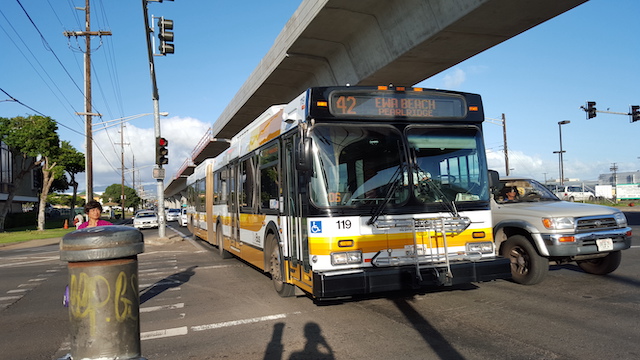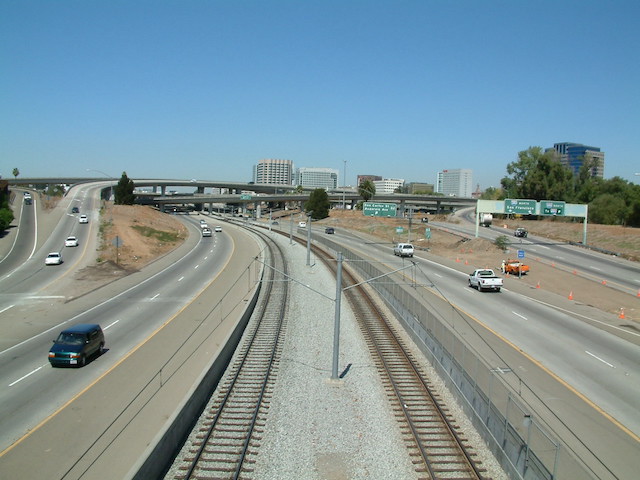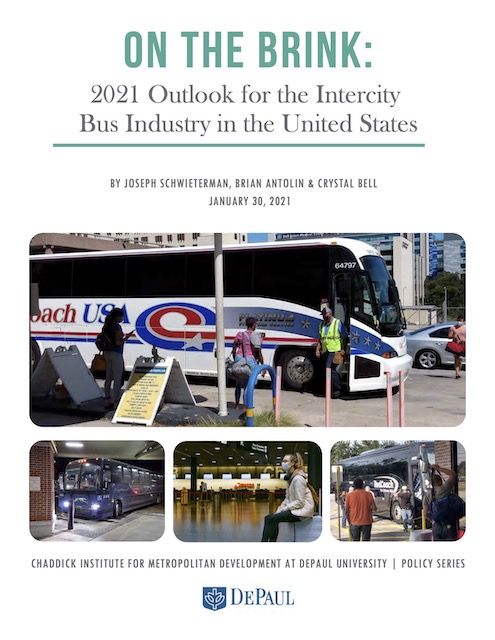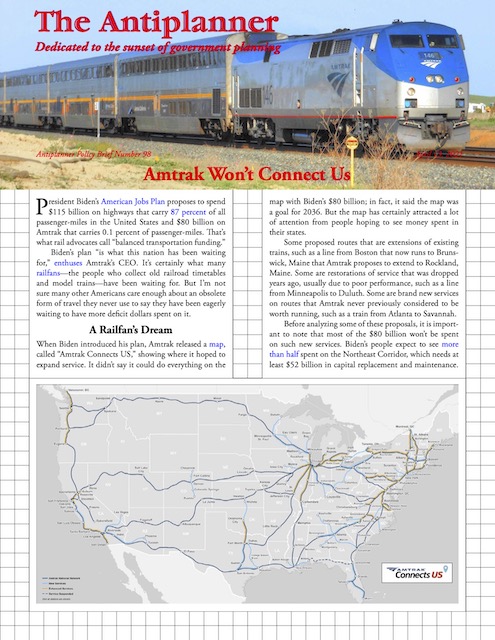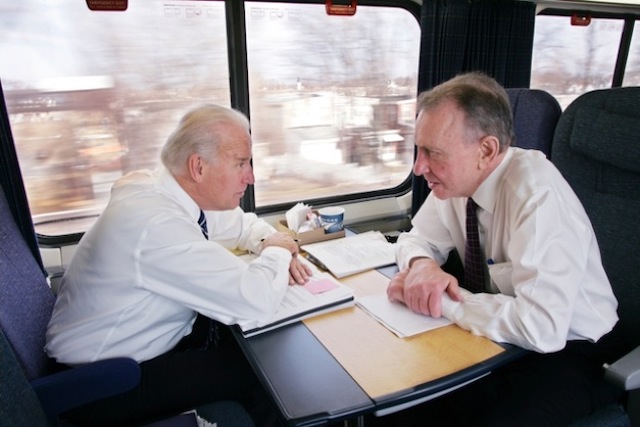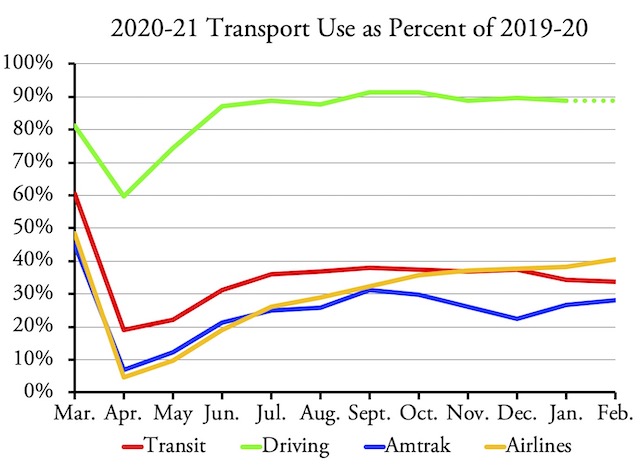Will electric cars completely replace internal-combustion vehicles anytime soon? Are electric vehicles, whether rail or highway vehicles, truly cleaner, especially in states where most electric power comes from burning fossil fuels? Does the United States electric grid have the capacity to power the nation’s automotive fleet? A detailed look at America’s energy budgets and electrical power supply systems will help answer questions like these.
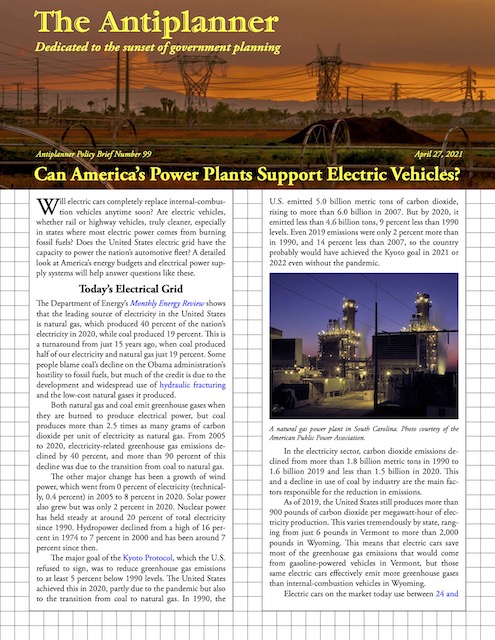 Click image to download a four-page PDF of this policy brief.
Click image to download a four-page PDF of this policy brief.
Today’s Electrical Grid
The Department of Energy’s Monthly Energy Review shows that the leading source of electricity in the United States is natural gas, which produced 40 percent of the nation’s electricity in 2020, while coal produced 19 percent. This is a turnaround from just 15 years ago, when coal produced half of our electricity and natural gas just 19 percent. Some people blame coal’s decline on the Obama administration’s hostility to fossil fuels, but much of the credit is due to the development and widespread use of hydraulic fracturing and the low-cost natural gases it produced. Continue reading

